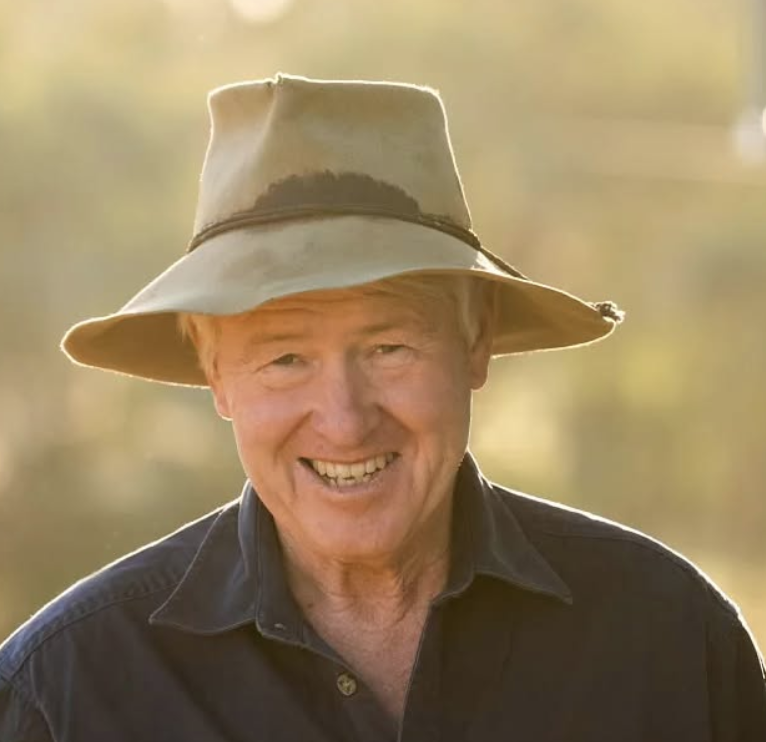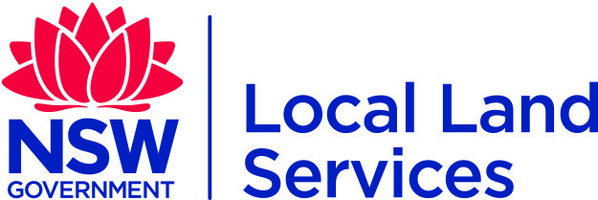5G drop outs leave Western Plains on hold
Kristin Murdock
17 March 2025, 6:30 AM
 Image: Telstra.
Image: Telstra.Promises of improved mobile phone coverage since last year's 5G network upgrade have not eventuated, according to local shires across the Western Plains.
Australia’s 3G networks were decommissioned in October 2024.
Since then, many Western Plains residents are reporting worsening mobile reception.
In Warren Shire, they have reported frequent service interruptions, causing frustration.
While Telstra, Optus, and TPG Telecom phased out their 3G services to reallocate radiofrequency spectrum for expanding 4G and 5G networks, there are claims that the upgrade has not delivered as far as speed, capacity, and reliability.
In fact, rural areas like Warren have experienced a decline in coverage.
“In Warren, mobile phone reception has long been a concern, and the 3G shutdown has only made things worse,” said Warren Shire Council Mayor, Councillor Greg Whiteley.
“Residents report slower connections, with some struggling to get reliable service at all.”
The council commissioned a professional assessment of local mobile coverage, which confirmed a significant reduction in range since the 3G shutdown.
The report also highlighted several black spots across the region.
“We’ve proactively engaged a specialist firm to evaluate our communication networks, and their findings confirm a major decline in mobile coverage,” Mr Whiteley said.
“We are now working to address these issues through the Federal Government’s Black Spot Program.”
The council remains committed to advocating for improved services, ensuring rural communities like Warren aren’t left behind as telecommunications infrastructure evolves.
Federal proposal could bridge the connectivity gap
A Federal Government commitment to expanding basic mobile coverage may help close the connectivity gap if delivered.
Recently, the government announced plans to introduce legislation establishing a Universal Outdoor Mobile Obligation (UOMO)—which would require telcos to eventually provide basic mobile voice and SMS services nationwide via low earth orbit satellite technology.
NSW Farmers President Xavier Martin welcomed the announcement, saying the state's peak farming body had been calling for an expansion of the Universal Service Obligation to include mobile coverage for some time.
“People in the bush shouldn’t have to be without mobile coverage when they’re working on their farms or travelling on the roads, and so it’s our hope that these plans become reality,” Mr Martin said.

Xavier Martin from NSW farmers says mobile coverage needs to be better in regional areas.
“No one should be left without coverage, especially when working alone or in an emergency, and we need to close the connectivity divide that is hurting the people here in the bush.”
If established, the UOMO would provide up to five million square kilometres of new mobile coverage by 2027, extending mobile service to almost 37,000 kilometres of rural roads.
While the announcement has been welcomed, Mr Martin cautioned that there was still a long road ahead to ensure rural Australia had the connectivity it needs.
“We know the 3G shutdown has left many people disconnected or suffering with deteriorating coverage, and it will take both new technology, as well as expansion of existing networks, to fix our mobile coverage in rural areas,” he said.
“We look forward to seeing how the Federal Government responds to the recommendations of the latest Regional Telecommunications Review, as well as the results of the Senate Inquiry into the 3G shutdown when it’s released—so we can close this connectivity gap.
“Announcing reforms and recommendations is one thing, but real action to deliver a change in connectivity for rural and remote Australians will be another.”
Similar issues in Walgett
Residents in Walgett Shire are facing similar frustrations.
Walgett Shire General Manager Megan Dixon said she had noticed a decline in connectivity despite introducing newer technology.
“The transition certainly hasn’t improved service on the road," she said.
"I used to talk hands free in the car all the way to Dubbo, with just one small black spot 20 kilometres outside of town.
"Now, I can barely get a signal for long stretches.”
Walgett agronomist Greg Rummery from Outlook Ag echoed these concerns.
“Reception was much better before the change,” he said.
“Now, it’s hopeless trying to reach people—something that was never an issue before.”
As rural communities continue to struggle with poor connectivity, local councils and advocacy groups are pushing for urgent improvements to ensure businesses and residents remain connected in an increasingly digital world.



